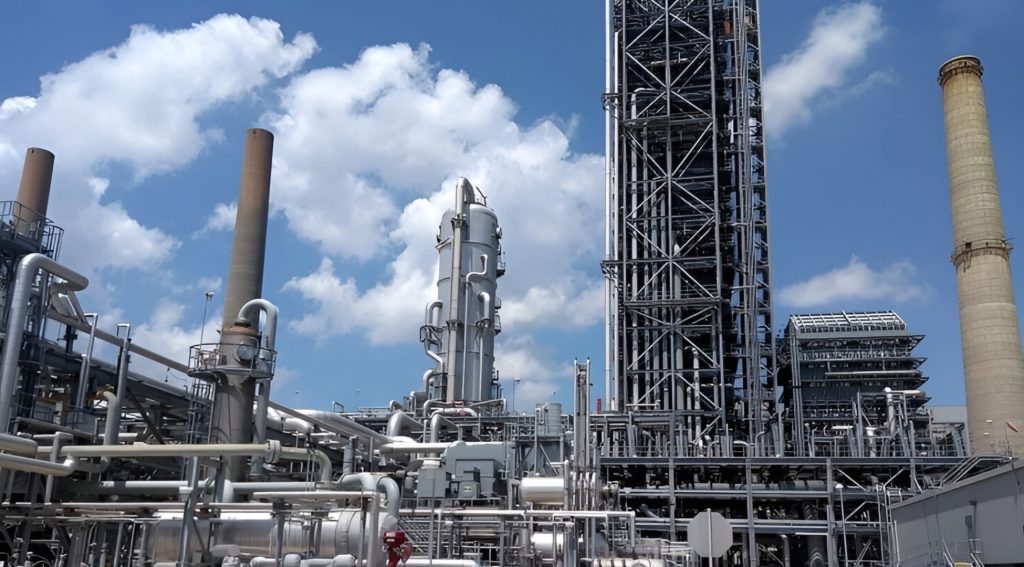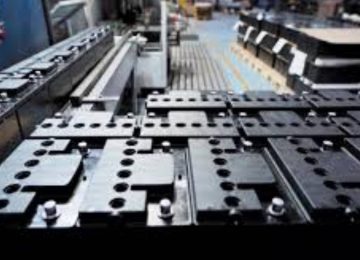The global capacity for carbon capture and storage, or CCS, is projected to quadruple by 2030, marking a significant turning point for the technology.
According to DNV’s latest “Energy Transition Outlook: CCS to 2050” report, cumulative investments in CCS are expected to reach $80 billion over the next five years, indicating a sharp increase in project pipelines following limited growth primarily associated with pilot projects to date.
The immediate surge in capacity is being driven by short-term scaling in North America and Europe, with natural gas processing remaining the primary application.
However, DNV highlights that recent global economic turmoil and budgetary pressures pose risks to this deployment, potentially diverting necessary financing and shifting priorities.
Ditlev Engel, CEO, Energy Systems, DNV, underscored the critical role of CCS. “Carbon capture and storage technologies are a necessity for ensuring that CO₂ emitted by fossil-fuel combustion is stopped from reaching the atmosphere and for keeping the goals of the Paris Agreement alive. “Our report clearly shows that we are at a turning point in the development of this crucial technology,” he said.
Despite the anticipated growth, the report warns that the projected trajectory for CCS deployment remains significantly off track for achieving net-zero emissions by 2050.
DNV forecasts that CCS will capture 1,300 million tons of CO2 per year (MtCO2/yr) by 2050, representing only 6% of global CO2 emissions. This falls far short of the sixfold increase required to align with DNV’s “Pathway to Net Zero Emissions.”
Engel noted the challenges. “Economic headwinds in recent years have put pressure on this capital-intensive technology, and corrective action will need to be taken by government and industry if we are to close the gap between ambition and reality.”
In the longer term, CCS is deemed crucial for decarbonizing hard-to-abate sectors such as steel and cement production. These industries are forecast to drive growth from 2030 onwards, accounting for 41% of annual CO₂ captured by mid-century.
For instance, maritime onboard capture is also expected to scale from the 2040s within parts of the global shipping fleet. As these technologies mature and scale, DNV anticipates average costs to drop by 40% by 2050.
The report highlights the reliance of CCS rollout on consistent policy support. Recent political instability and shifting budgetary priorities pose significant risks to future deployment. Europe’s strong price incentives are expected to lead it to surpass North America in CCS deployment.
Furthermore, the report projects that carbon dioxide removal (CDR) technologies will capture 330 MtCO2 in 2050, representing one-quarter of total captured emissions. Bioenergy with CCS (BECCS) is generally identified as the more cost-effective CDR option, primarily utilized in renewable biomass for power and manufacturing.
Direct air capture (DAC) costs, however, are expected to remain high at around USD 350/tCO2 through 2050, yet voluntary and compliance carbon markets are still anticipated to facilitate the capture of 32 MtCO2 in 2040 and 84 MtCO2 in 2050.
Jamie Burrows, Global Segment Lead CCUS, Energy Systems, DNV, highlighted the urgency. “CCS is entering a pivotal decade, and the scale of ambition and investment must increase dramatically,” he said. “It remains essential for hard-to-decarbonize sectors like cement, steel, chemicals, and maritime transport. But as DNV’s report shows, delays in reducing carbon dioxide emissions will place an even greater burden on carbon dioxide removal technologies. To stay within climate targets, we must accelerate the deployment of all carbon management solutions—from industrial capture to nature-based removal—starting today.”













